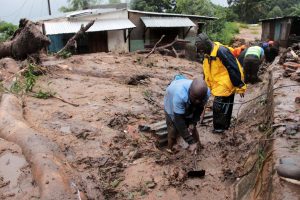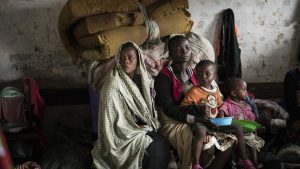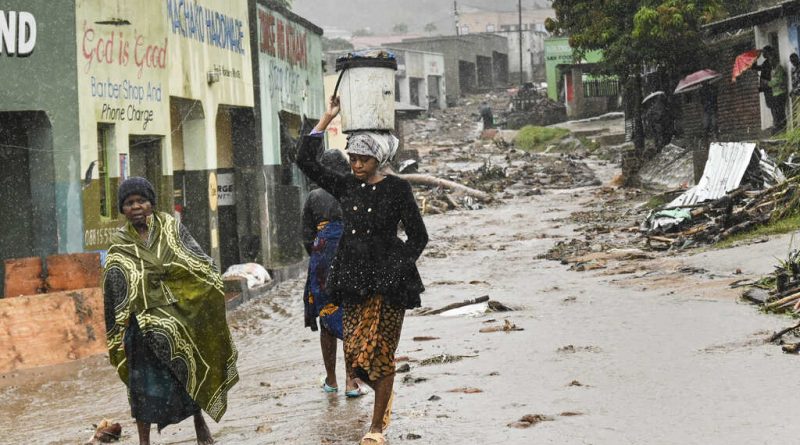Cyclone Freddy Destroys Areas of Southeast Africa
Michael Morano
International/U.S. News Editor
Cyclone Freddy has caused massive amounts of destruction and flooding across parts of Southeast Africa leaving hundreds dead and houses damaged.
The storm initially formed on February 6 off the coasts of southern Indonesia and northwestern Australia and travelled across the Indian Ocean before making landfall in Madagascar on February 21. It slammed into nearby Mozambique a few days later and went back out to the warm waters of the Mozambique Channel. It then hit Madagascar again before turning around and hitting Mozambique again and continued into neighboring Malawi until finally dissolving on March 15. The storm has left over 500 people dead and set a record for the longest-lasting tropical cyclone in recorded history, spanning over 31 days.

Thousands of people have been displaced from their homes and dozens more are missing. Malawi was the hardest hit by the storm, experiencing roughly 6 months’ worth of rainfall during the short time the country was hit by it. Flooding and landslides soon followed, further contributing to the damages and forcing more people to leave their homes. The country’s commercial capital of Blantyre suffered the most damage, with organizations such as Save the Children doing whatever they can to assist the injured despite facing troubles such as road damages. The United Nations emergency fund has pledged $5.5 million to help the countries and Malawian President Lazarus Chakwera has called on members of the G20 for extra help.

The strength and duration of the storm is now continuing the conversation of climate change and how it could cause more powerful storms. The storm had travelled over 5,000 miles before making its initial landfall and attained the wind speeds and power of a Category 5 hurricane. Its time spent as a cyclone had also made it surpass Hurricane John in 1994 as the new longest tropical storm ever. As the global temperatures continue to rise along with warmer waters, these types of storms will become more dangerous and occur more often. The number of tropical cyclones hitting southern Africa has been increasing since the 2000s, with one of the worst being Cyclone Idai in 2019 which killed over 1,200 people. Powerful tropical storms are becoming more dangerous in other parts of the world including the United States, with examples being Hurricane Harvey in 2017 and Hurricane Ida in 2021. As experts warn of more of these storms, it will be up to world governments to do anything to combat climate change.
Contact Michael at michael.morano1@student.shu.edu

